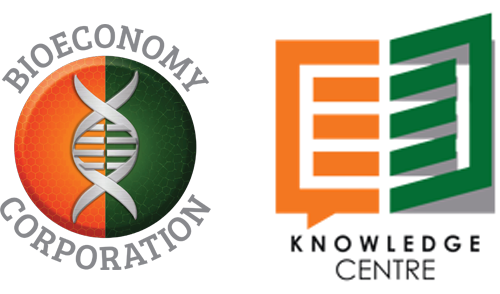Best Practices in Biotechnology Business Development
| Series: | |
| Publisher: | Logos Press |
| Subject: | Biotechnology industries, Intellectual property. |
| Authors: | Yali Friedman |
| Pages: | 186 pages |
| Binding: | Hardcover |
| ISBN: | 9780973467604 |
| Call No: | HD 9999.B442 B475 2008 |
The mainstream of today's biotechnology companies are small- and medium-sized companies. Only 10 percent of European biotechnology companies have more than 50 employees, and over half employ less than 20 people. Nearly 70 percent of Swedish biotechnology companies employ fewer than 10 people. 2 The fundamental origin of most biotechnology companies comes from the academia in the form of spin-off companies, via Technology-Transfer Offices. Another source of biotechnology companies is science parks and business incubators, where the goal of incubators is to decrease the chance that a start-up will fail, shorten the time and reduce the cost of establishing and growing its business. The present work by Yali Friedman set out to bring together a set of best practices to be used as a framework upon which to understand critical issues in biotechnology business development. Eleven chapters, covering vital aspects of valuation, licensing, cash flow, pharmacoeconomics, market selection, communication, and intellectual property (IP) rights, seek to nurture the hungry minds of scientists, business developers, and bioentrepreneurs alike.

